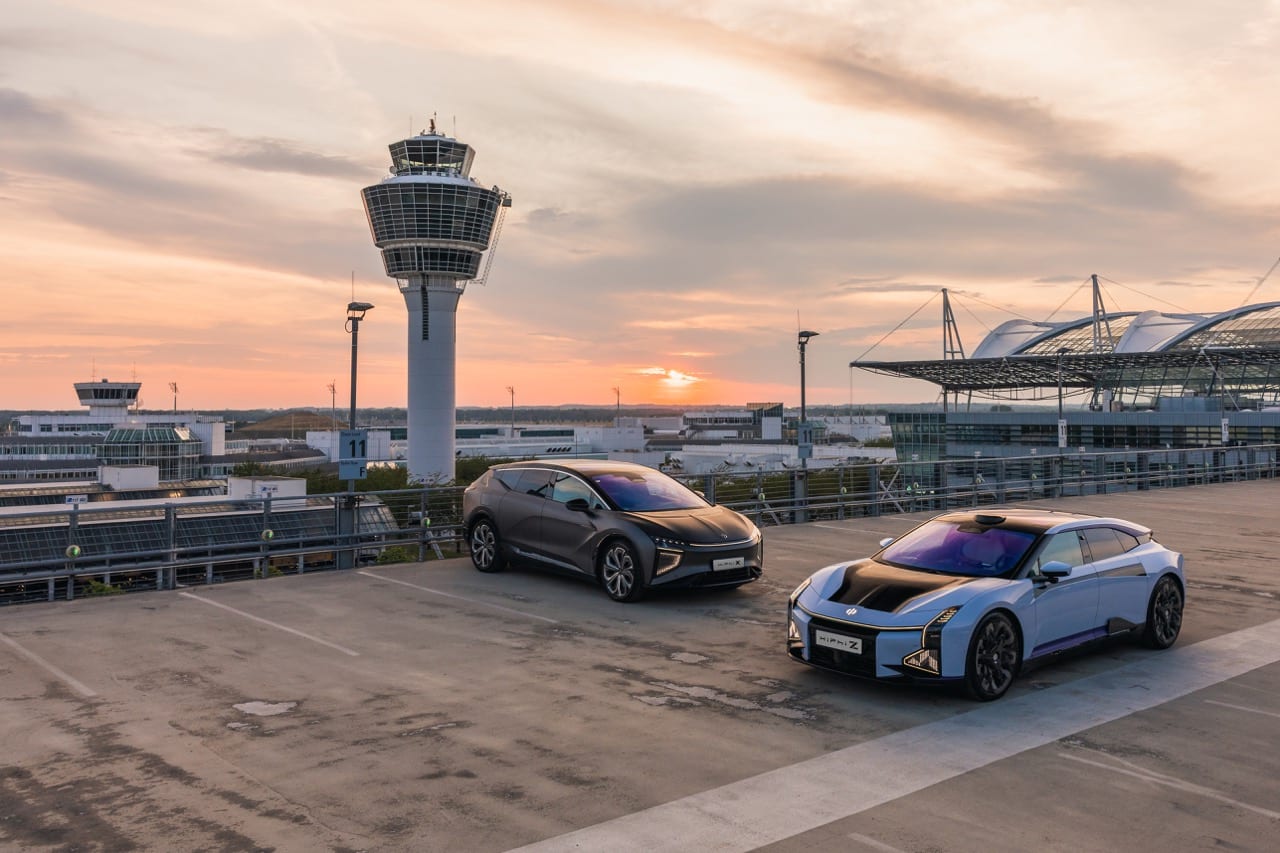Chinese car manufacturers have been aggressively expanding their presence in global markets. In regions such as the Middle East, Eurasia, and Africa, they now hold approximately 10% of the market share. Despite experiencing growth in Europe, their progression has been relatively slow. While they conquered only 0.67% of the European market in 2021, by the first half of 2023, this number had risen to 2.37%.
Even though many Chinese vehicles boast advanced technology and are competitively priced, they face challenges in Europe. The demanding clientele of the Old Continent remains skeptical about the quality and reliability of these cars. Moreover, political concerns add to the resistance.
Nevertheless, Chinese autos are increasingly marking their presence in Europe, which might pose a significant challenge for the European automotive industry. The EU’s shift towards electromobility means that virtually all manufacturers are reliant on China. Key metals used in battery production are primarily found on Chinese soil, making China the world’s largest producer. In terms of GWh of batteries, China outpaces its closest competitor by a staggering tenfold.
A Prelude to a Trade War?
Despite its dependency on China, the European Union has begun to voice concerns over the unlevel playing field created by Chinese car manufacturers. “Their car prices are artificially lowered through substantial government subsidies. This distorts our market,” claims von der Leyen.
As a result, the European Commission plans to launch an investigation into the alleged price manipulation by Chinese car manufacturers. Bloomberg interprets this move as a sign of growing apprehensions about European manufacturers’ capability to compete with their Chinese counterparts.
